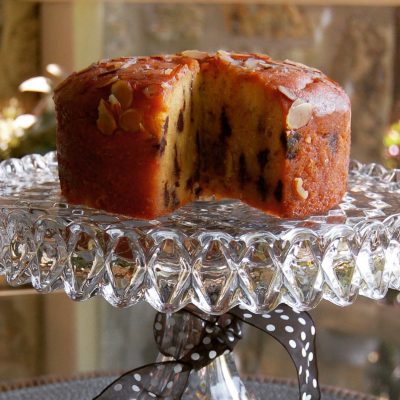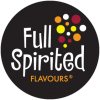Does Alcohol Burn-off During Cooking?
 Alcohol can be found as an ingredient in many recipes. It can be added as an ingredient to add specific flavors or it can be part of an ingredient, such as extracts. Many cookbooks and cooks tell the consumer that the “alcohol will have burned off,” however the process is more complicated than this simple statement implies. Alcohol does boil at a lower temperature than water – 86 degrees centigrade vs. 100 degrees C. for water, though one may have to boil a beer for 30 minutes to get it down to the NA or nonalcoholic category, which by law means it contains less than .5 percent alcohol.
Alcohol can be found as an ingredient in many recipes. It can be added as an ingredient to add specific flavors or it can be part of an ingredient, such as extracts. Many cookbooks and cooks tell the consumer that the “alcohol will have burned off,” however the process is more complicated than this simple statement implies. Alcohol does boil at a lower temperature than water – 86 degrees centigrade vs. 100 degrees C. for water, though one may have to boil a beer for 30 minutes to get it down to the NA or nonalcoholic category, which by law means it contains less than .5 percent alcohol.
Nutritionists from Washington State University, the University of Idaho and U.S. Department of Agriculture experimented with cooking with alcohol, though not with beer, but with wine and sherry. They cooked two Burgundy-laden dishes similar to beef bourguignon and coq au vin, plus scalloped oysters with sherry. Depending on the method (simmering or baking), the temperature, the time and even on the size of the pan anywhere from 4 percent to 49 percent of the original alcohol remained in the dish. Long simmering in a wide pan was the most effective way to remove alcohol; baking appeared to be the least.
| Alcohol Burn-off Chart – US Dept of Agriculture | |
| Preparation Method | Percent Retained |
| alcohol added to boiling liquid & removed from heat | 85% |
| alcohol flamed | 75% |
| no heat, stored overnight | 70% |
| baked, 25 minutes, alcohol not stirred into mixture | 45% |
| Baked/simmered dishes with alcohol stirred into mixture: | |
| 15 minutes cooking time | 40% |
| 30 minutes cooking time | 35% |
| 1 hour cooking time | 25% |
| 1.5 hours cooking time | 20% |
| 2 hours cooking time | 10% |
| 2.5 hours cooking time | 5% |
Taste is what alcoholic beverages add to food when used as part of the ingredients. Alcoholic beverages are not added to the recipe for the intoxicating effect of the alcohol. Extracts on the other hand use alcohol for other reasons. An extract is a concentrated solution made from extracting (washing or pulling) constituents out of the structural matrix of the original compound. The alcohol in extracts can vary from 20% to 90%, with the higher concentrations needed for the constituents that are the least water soluble. The alcohol in an extract can serve as a preservative and should preserve the aroma and taste of the original ingredient that it is made from. It also acts as a carrier across mucous membranes, thus facilitating absorption into the bloodstream. Extracts contain a very high percentage of alcohol, but the total dose of alcohol is low, so that the amount of alcohol actually consumed is very low. If one mixed 30 drops of a common extract into 2 ounces of water, the resulting alcohol content would be 0.59% which is the equivalent of consuming 1/65th of a bottle of beer or 1/85th of a glass of wine.
Even if the alcohol in food is likely to be cooked off, for some people having just a tiny bit of alcohol or the taste of alcohol may be enough to act as a powerful cue. Similar to blowing smoke at a former smoker, using alcohol in cooking should be carefully thought out and guests should be informed as it could do a great disservice to a recovering alcoholic.






